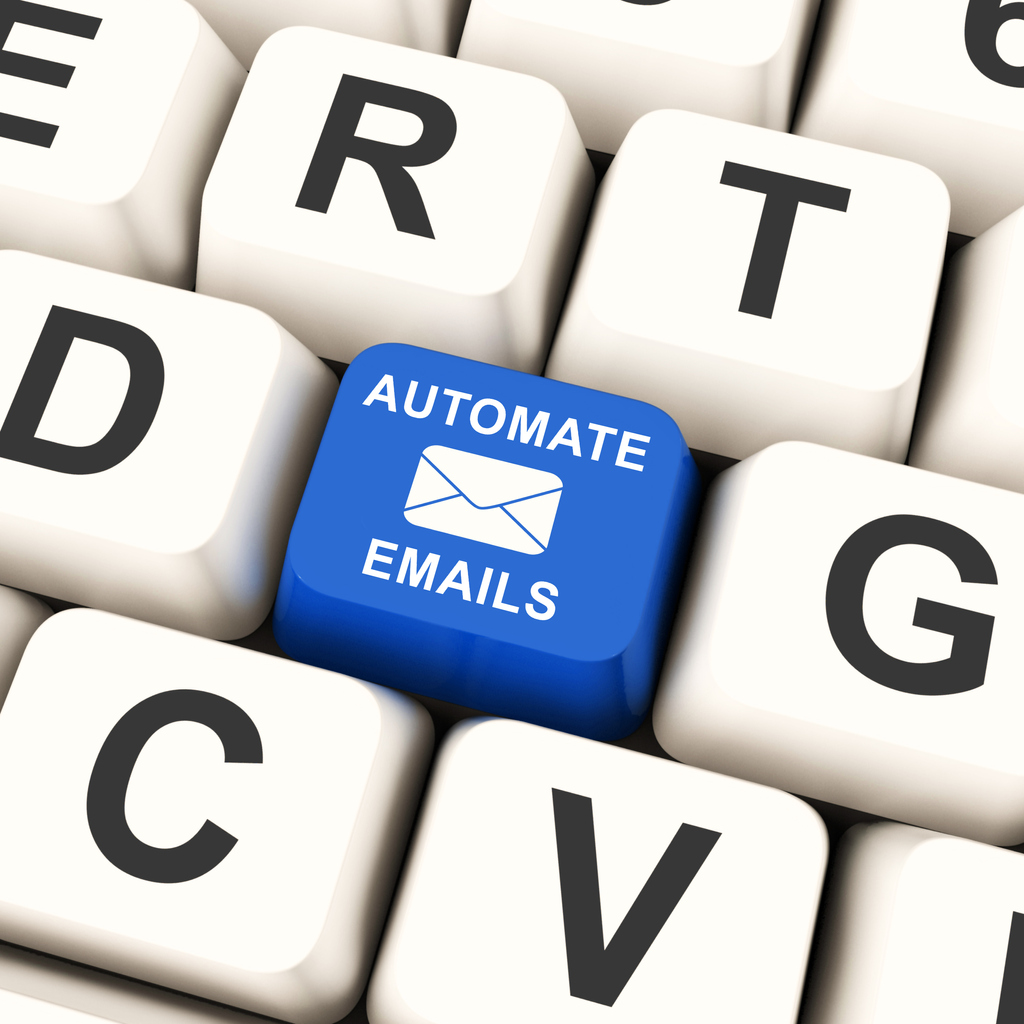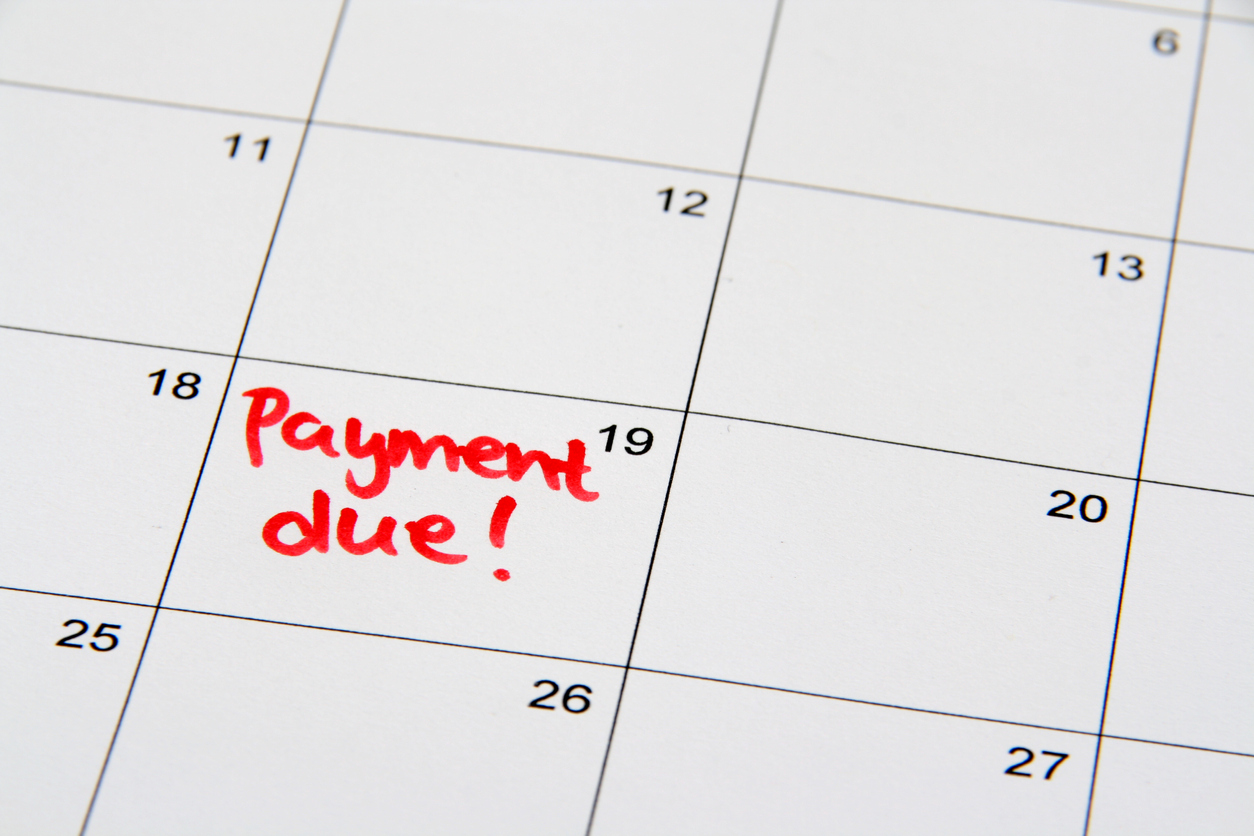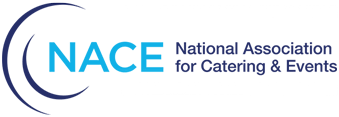How to Create a Seamless Client Onboarding Process
Though we hear plenty of advice concerning sales funnels and lead generation, we don’t often hear about the steps to take after we successfully turn those leads into clients. Lead generation is essential, of course, but what happens next is just as vital to the success of your business.
If you haven’t mapped out your client onboarding processes, there’s no better time than the present. Strong client onboarding makes it more likely your clients will stick around — and, in turn, more inclined to refer your business to others. As a result, you establish a loyal client base while generating new leads on autopilot.
One of the best ways to establish a cohesive, efficient client onboarding process is by utilizing the right technology. From contracts to invoices to welcome guides, there are plenty of systems you can use to onboard new clients with ease. Here are some of our favorite ways to create a seamless client onboarding process.
Start from the beginning
If you’re to create an onboarding process that works like a well-oiled machine, it’s best to start from the top. Think about each step you take when working with a new client. For example, what is the first thing that happens after they sign your contract and pay the deposit? Do you send a welcome guide in an email? Is there a kickoff call involved?
The good news is that you can automate most of these steps — as long as you define them. Create a complete timeline of your onboarding process so you can dive into the systems you’ll need to establish. Only then can you move forward and check all of your boxes.

Create email workflows
Chances are that a handful of your onboarding communication will take place over email. And if you don’t have a customer relationship management (CRM) platform that allows you to send trigger-based automated emails, rest assured that you can use the trusty Gmail interface to save time! All you need to do is find your most common onboarding emails and save them as templates in your inbox.
Once these messages are ready, you won’t have to spend time writing them repeatedly. Gmail also allows users to pre-schedule emails, so you can batch an entire set at one time. Though it’s not fully automated, it will still save you hours at the end of the day!
Automate your contracts
If you’ve ever felt ghosted by a potential lead between your sales call and the time it took you to draft a contract, create an email, and send things their way, it’s probably because there was too much of a gap between your communications. The solution? Automating this part of your onboarding process.
Have an established contract template ready for each type of client. Then, when you end your sales call, let them know you’ll have their contract over within minutes. All you need to do is fill in their name and dates, and you’re good to go! Accepting their signature online kicks the process off on a high note and ensures they won’t have time to look for one of your competitors.

Send invoice reminders
Like your contracts, you should have an established invoice template ready once your clients sign on the dotted line. Most companies have said goodbye to paper checks, as most clients are looking to pay their dues at the click of a button. Fortunately, there are plenty of automated payment systems to choose from, making it easy for you to not only send your initial invoices but send reminders when clients forget to pay them.
Most software also allows you to set billing schedules to customize your payments for each client. You’ll be able to track your revenue this way, minimizing the time you spend bookkeeping. In addition, your client will never miss a payment, and you won’t have to worry about this part of the onboarding process!
Create a welcome guide
Automated emails and invoices are one thing, but to truly wow your clients with a stellar onboarding process, consider creating a welcome guide that gets delivered right to their inbox after they pay their first invoice. Your guide could include your timeline, how clients can get ahold of you, and important dates for each party to remember. Take time to thank your client for choosing to work with you and remind them how excited you are to get started.
Create an email welcoming them onboard and attach your guide to the message. Send it as soon as they settle their invoice, and they’re sure to appreciate this thoughtful touch!
Client onboarding might not sound like the most exciting part of entrepreneurship, but by relying on automation and establishing your workflows ahead of time, you can create a seamless process from start to finish. Mapping out your experience will save you time and impress your clients from the moment they inquire about your offers.
Elizabeth Sheils is the co-founder of Rock Paper Coin, the first software platform to bring together wedding planners, couples, and vendors into one system for managing and paying contracts and invoices. Elizabeth is also a lead wedding planner with award-winning firm Bridal Bliss, where she manages the Seattle team. In addition to recognition by Special Events in its Top 25 Event Pros to Watch series, she also earned a spot in The BizBash 500 for 2021.
